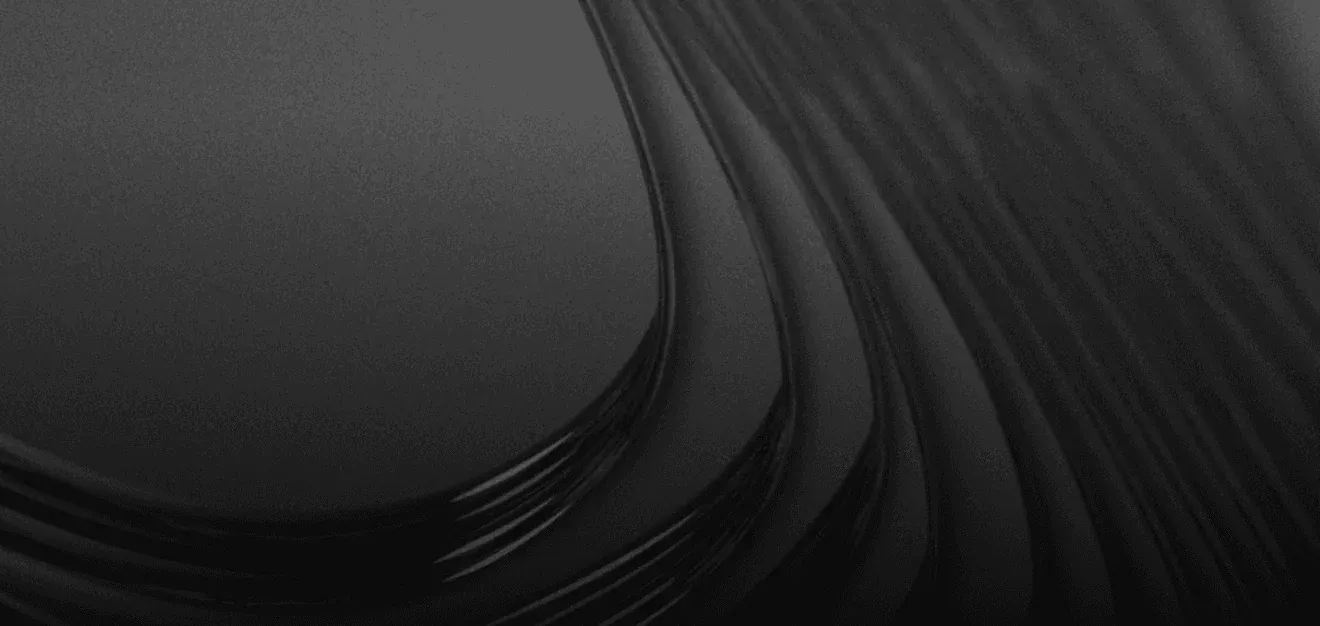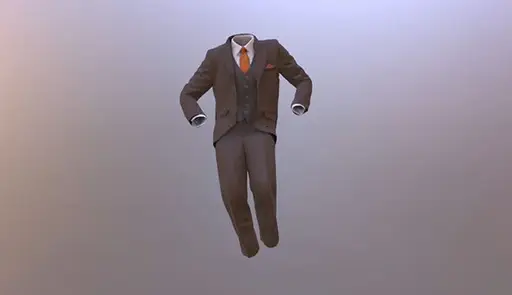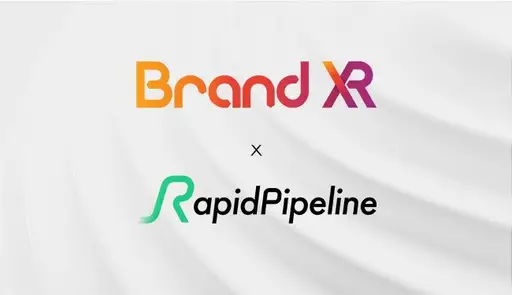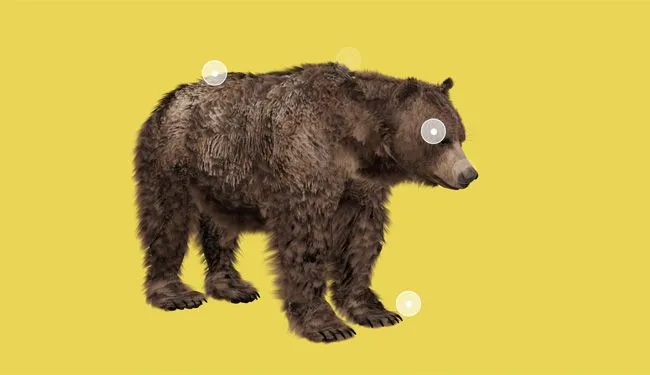
3D Bear of the Month: How DGG & the WWF brought the Brown Bear to life, in AR
Table of Contents

Why experience wildlife in 3D?
Protecting our wildlife is crucial as they play an essential role in ecosystems and help maintain the ecological balance. In addition, these species are important components of food chains and their loss could have far-reaching negative impacts on other species and the environment as a whole. Protecting wildlife also preserves biodiversity, which is essential for the stability and adaptability of nature, and safeguards natural resources, which are also essential for human survival and well-being. The protection of endangered species should therefore be a common goal of the global community.
The World Wide Fund For Nature (WWF) has been instrumental in this regard, creating empathy for nature and protecting species and habitats through many successful projects world-wide.
3D technology, such as Augmented Reality, marks a great opportunity in this regard, enabling everyone to experience nature virtually from anywhere, without charge, and without the need to closely approach any living animals in the physical world. This technology thereby offers an innovative way of experiencing and learning about nature without disturbing it.
With its most recent projects, WWF has taken another step on his route:
Bringing some of Europe’s characteristic wildlife to live, in 3D and AR.
Bear Necessities: Why We Took on This Project
At DGG, we are committed to environmental sustainability. Our technology is a bet on the power of Green Computing, making a positive impact by reducing the energy required for 3D processing tasks.
Partnering with WWF Germany allowed us to contribute directly to a cause that aligns with our values, showcasing our dedication to the planet through innovative 3D technology that can help to bring the real world back into our every-day lives. In this case, with the aim of creating empathy for fascinating wildlife, which is well worth to be protected and preserved. Therefore, this project is our little contribution to the great job that WWF does for our planet.
Check out the bear yourself on the WWF website!
Bearing Down on the Process
Bear Hunt: Finding the Perfect Model via Turbosquid
Working alongside the WWF team, we sourced a highly detailed brown bear model that met our stringent requirements for anatomical accuracy. This Turbosquid model turned out to be the best possible source for the moment since it had accurate anatomic features. Correctness mattered quite a bit for this application, since the aim is to spread knowledge and help educate the audience about this fascinating animal. Therefore, non-realistic (more “artistic”) interpretations of the Brown Bear were not an option.
The challenge was then adapting this realistic and accurate model, originally not intended for real-time applications, to be mobile-friendly and AR-ready.
Bear Essentials: Material Preparation
UVs: The bear's UVs needed a complete overhaul. We created new UV maps for the body, ensuring a seamless base color and normal texture bake.
Textures: To enhance realism, we generated a black-and-white version of the base color map. This served as a base to create a normal and an ambient occlusion map, that would include the hair detail. The black-and-white texture could be slightly adjusted in brightness and directly serve as the AO map. To create the normal map, we used the black-and-white texture as if it were a height map, to convert it into normal.
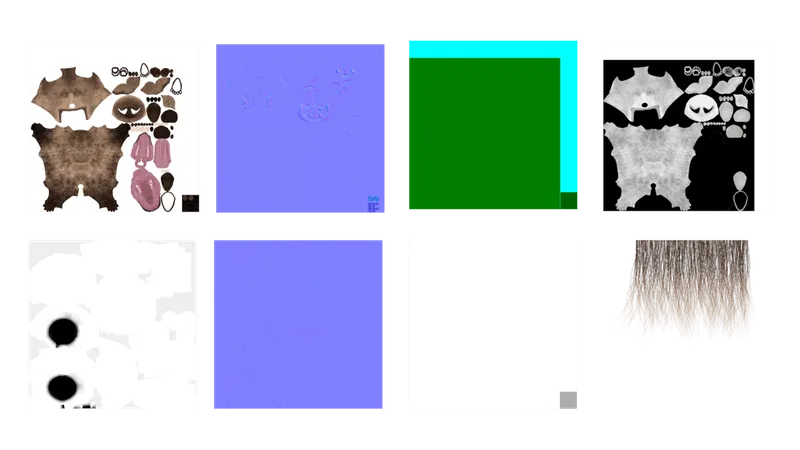
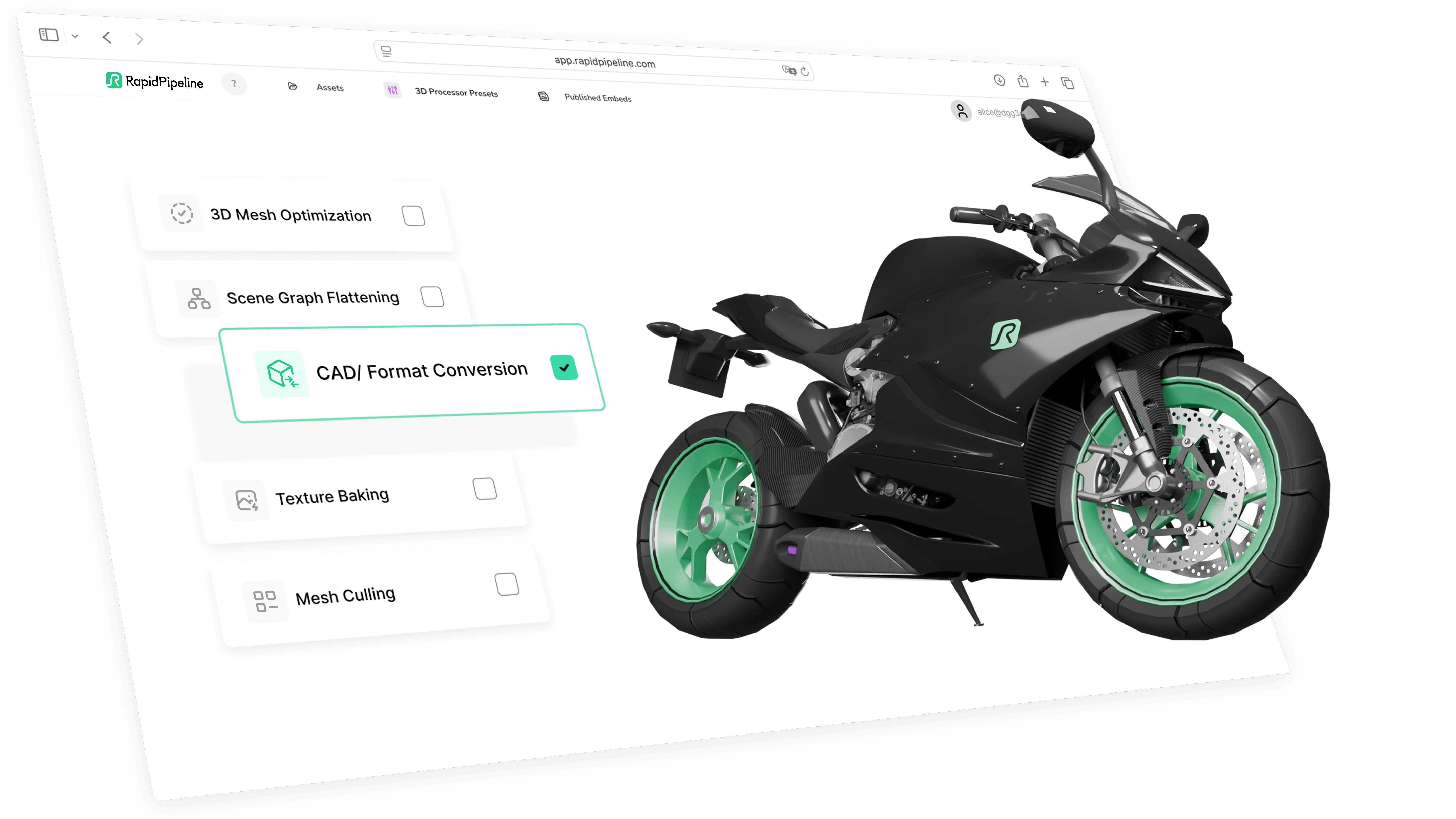
Bear-y Lifelike Animations
Making the bear´s movement lifelike was critical. Our animation tasks included:
- Idle Animation: From scratch, we crafted an idle animation based on footage of bears and other mammals, focusing on natural breathing patterns.
- Walking Animation: We adapted an existing walking animation to allow the bear to move realistically, measuring leg distances for accurate motion.
- Exporting to glTF: The complexity of the bear's rig and animations posed a challenge. By baking animations to include all deformation and pivot bones, saving them as "Actions" in Blender, and manually adjusting the rig to meet AR Core specifications, we successfully prepared the model for glTF export.
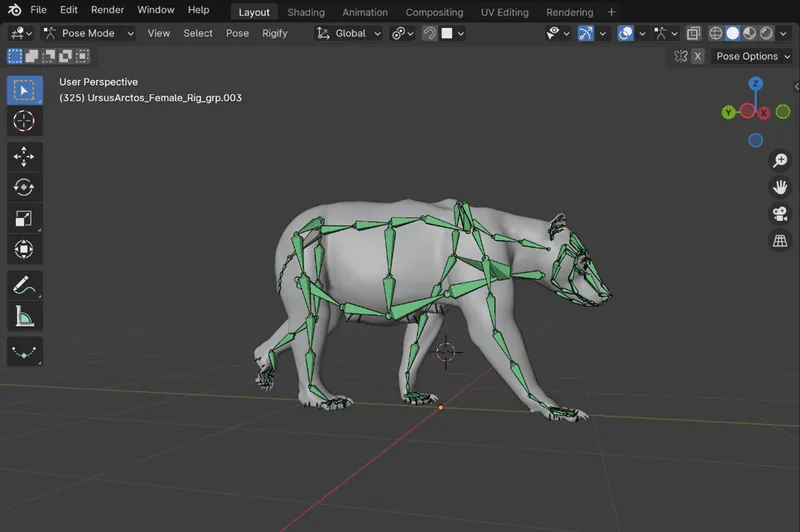
Hair-Raising Challenges: Real-Time Hair Cards
Hair Cards: Creating realistic hair for a full-body bear was a first for us. We studied references extensively, identifying key hair groups essential for the bear's characteristic look. We targeted the hair around the neck and legs and “key” to keep the bear´s shape. Following this pattern, we deleted the less significant hair groups, like some on the torso. This allowed the model to be less heavy, and avoid alpha-clipping issues in render engines later.
Fluff Factor: The bear was now full of hair, but it was not fluffy. Achieving a fluffy appearance involved tweaking the normals of the hair cards. By baking the normals from the bear´s body mesh, we gave our bear the soft, voluminous fur it deserved.
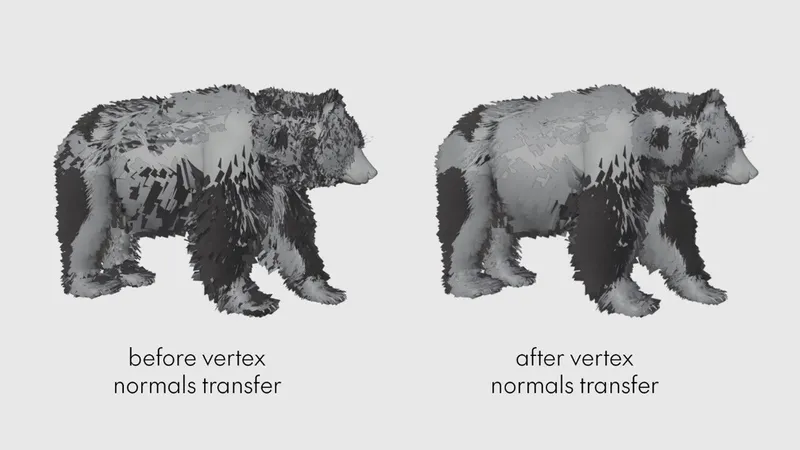
Bear-ly There: Optimizing for Web and AR
Finally, using RapidPipeline we optimized the bear model for web and AR to reduce its size while maintaining quality. The RapidPipeline “PreserveUVs” funtionality allowed us to optimize the textures while not losing the quality of the hair cards texture map. We also applied mesh compression, as well as texture format conversion. The final model has 200 K polygons and weighs 7.6 MB.
Bearing Witness to the Future
Our virtual brown bear project with WWF Germany is a testament to how technology can bridge the gap between humans and the wildlife. By making endangered species accessible through AR, we hope to inspire a deeper appreciation and understanding for wildlife and bolster conservation efforts. At DGG, we're proud to contribute to a more sustainable planet, one virtual bear at a time.
Meet the Author
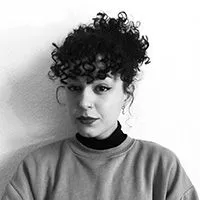
Teresa
Technical 3D Artist
Teresa is a 3D Technical Artist at DGG, bringing with her a robust background in Animation and Game design. Driven by a passion for the intersection of art and technology, she relocated to Germany to pursue her artistic ambitions. Within DGG, Teresa plays a pivotal role in infusing the team with her artist's perspective, focusing on the creation of high-quality visual content and ensuring the quality assurance of tools. Her overarching goal is to continually evolve within the industry, delivering compelling visual solutions that resonate with DGG's mission of streamlining and scaling 3D content preparation.
You might be interested in
